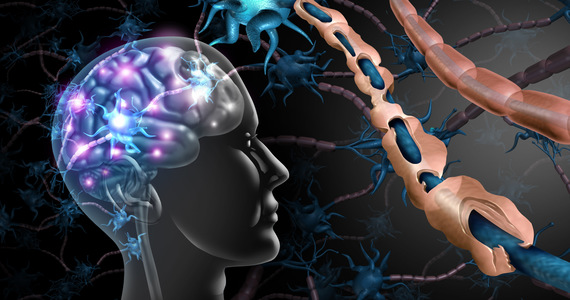The electronic skin, which was inspired by the skin of a crocodile and its sensory organ, was created by scientists from South Korea. The results of the research were published in the journal “Small”.
The robot made the job easier. As long as it’s simple
British scientists tested robots whose task was to positively influence the well-being of employees. They found that their effectiveness…
See more
The development of artificial skin, equipped with numerous electronic sensors, is essential in many fields, such as rehabilitation (prosthetics) or robotics. A key element of this technology is stretchable pressure sensors that can detect different types of touch and pressure and withstand multiple cycles of fatigue strength.
A team of South Korean researchers from Pohang University of Science and Technology and Ulsan University have created a multi-directional stretchable pressure sensor with micro-domes and rippled surfaces. The researchers were inspired by the crocodile’s skin and its unique sensory organ.
Exceptional sensitivity to stimuli
Crocodiles have an amazing ability to sense tiny waves of water and air movements, which allows them to track their prey. This is possible thanks to the highly developed and sensitive sense organ located on their skin. This organ consists of hemispherical sensory tubercles arranged in a repeating pattern with wrinkled ‘hinches’ between them. When the crocodile moves its body, the hinges deform while the sensory part remains intact. This enables the crocodile to maintain an exceptional level of sensitivity to external stimuli.
Inspired by the skin of a crocodile and its sensory organ, Korean scientists – by inventing a hemispherical flexible polymer with micro-folds, containing long or short nanowires – have created a device that goes beyond the pressure sensors currently available. While other sensors lose sensitivity when subjected to mechanical stress, the new sensor retains its sensitivity even when stretched in one or two different directions.
Also read: It is already happening. Scientists have extended their lives by half
Thanks to the finely crimped surface structure, the sensor remains highly sensitive to pressure even in the event of significant deformation. When an external mechanical force is applied, the wrinkled structure is stretched to relieve stress over the hemispherical sensing area. This reduction in strain makes the new sensor very sensitive even when extended 100 percent. one way and 50 percent. in two different directions.
door
#crocodile
# Electronic skin
# Pressure-gauge

Echo Richards embodies a personality that is a delightful contradiction: a humble musicaholic who never brags about her expansive knowledge of both classic and contemporary tunes. Infuriatingly modest, one would never know from a mere conversation how deeply entrenched she is in the world of music. This passion seamlessly translates into her problem-solving skills, with Echo often drawing inspiration from melodies and rhythms. A voracious reader, she dives deep into literature, using stories to influence her own hardcore writing. Her spirited advocacy for alcohol isn’t about mere indulgence, but about celebrating life’s poignant moments.












